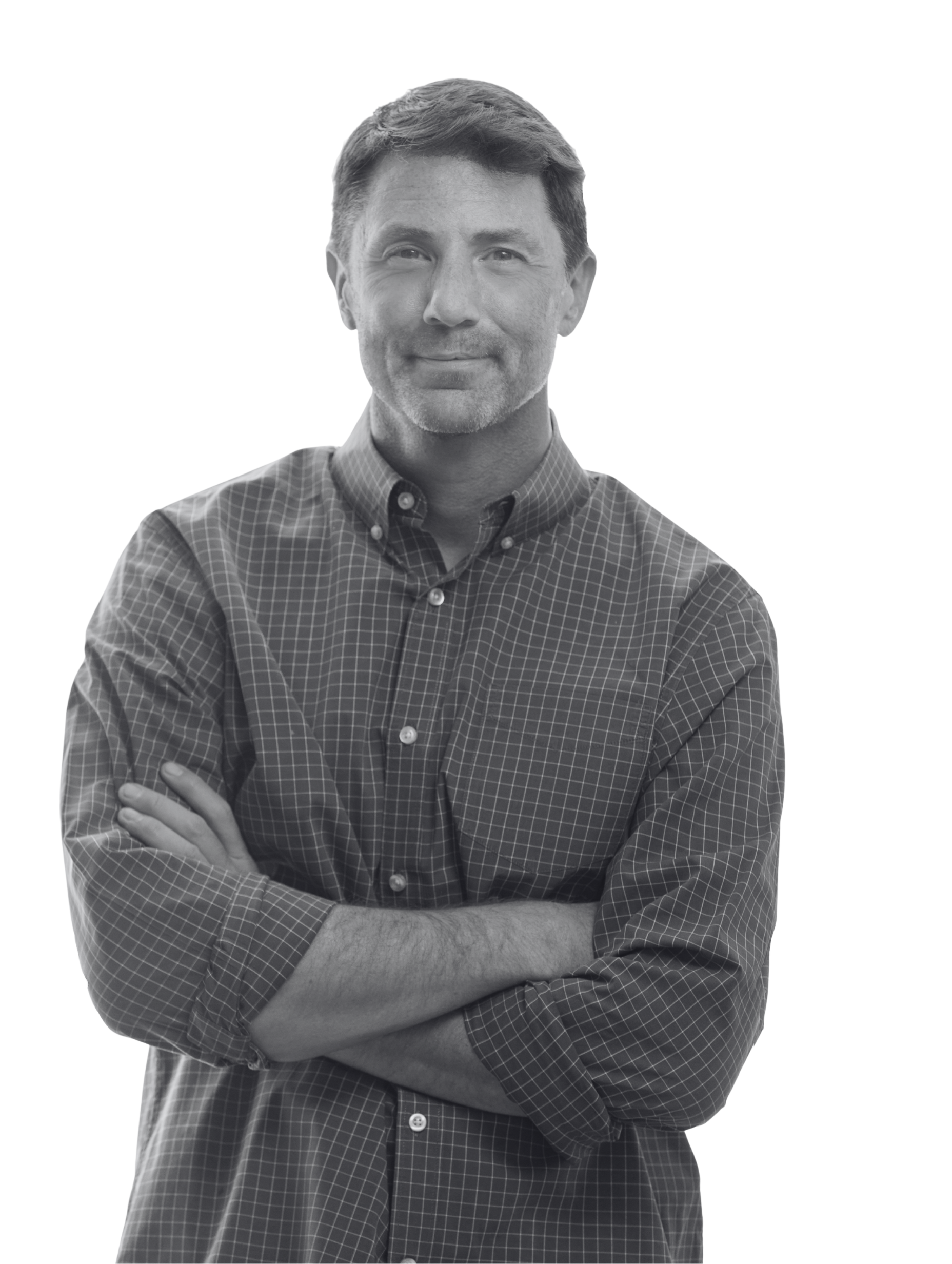The Book (In Progress)
Most corporate wellness programs fail before they even begin. Not because they lack budget or goodwill, but because they skip the most crucial step: diagnosis.
Companies roll out yoga classes, mindfulness apps, gym memberships, or even nap pods hoping these gestures will restore balance. Yet burnout rates continue to climb, turnover grows more expensive, and employees report deeper disconnection. Why? Because the true bottlenecks are rarely addressed.
Best Humans is a book in progress that reframes the future of workplace health and performance. Instead of prescribing generic fixes, it emphasizes careful diagnosis of where the blockages really live—whether in an individual’s biology, a team’s communication, a leader’s decision-making, an organization’s culture, or the wider societal systems that shape daily life. Only after understanding these unique dynamics can a prognosis—an intentional path forward—be applied.
A Framework in Five Parts
1. The Individual
Every workplace begins with the human body and mind. Yet most wellness initiatives treat people as interchangeable. In reality, each individual carries their own biology, habits, mental health history, and sense of meaning.
Here we explore biomarkers—stress hormones, sleep patterns, nutrition, and movement—as well as psychological load: ADHD, depression, anxiety, trauma, and perfectionism. We examine the science of habits, flow states, and resilience. But beyond physiology and psychology lies something deeper: identity. People want their work to align with values, purpose, and growth. When identity collapses—through layoffs, misaligned roles, or toxic environments—no perk can patch the hole.
Diagnosis at the individual level means asking: What is this person’s capacity today? What strengthens them? What drains them? Prognosis then becomes tailored support—whether through health interventions, coaching, or redesigning tasks to fit natural strengths.
2. The Team
Humans thrive or wither in groups. The team is the first arena where stress or safety shows up. A culture of silence or back-channel politics can suffocate creativity, while healthy teams amplify resilience.
Research on psychological safety shows that innovation dies without an environment where people feel safe to speak up, fail, and try again. Teams also rely on communication patterns that either reduce friction or intensify it. A toxic email culture, poorly run meetings, or constant digital interruptions can destroy momentum.
Diagnosis at the team level means mapping how people actually talk to each other, how conflict is handled, and whether recognition is authentic. Prognosis may look like shifting meeting rhythms, redesigning team rituals, or creating peer-to-peer support systems that restore belonging.
3. Leadership
If burnout is contagious, leaders are often patient zero. Their energy, habits, and decisions ripple through the entire system. A leader who runs on adrenaline, avoids transparency, or makes reactive decisions under stress can unintentionally create a culture of fear.
Diagnosis here requires looking at the hidden toll leaders carry: decision fatigue, lack of recovery, blurred boundaries between work and home. It also requires examining the stories leaders tell—the narratives that shape culture more than any policy.
The prognosis is not simply to send executives on retreats. Instead, it’s about developing ethical leadership, decision frameworks that reduce overload, and storytelling skills that inspire without pretending everything is fine. Healthy leadership sets the tone for a healthy culture.
4. The Organization
Culture is the operating system of every company, yet it is often invisible until it breaks. At the organizational level, diagnosis means uncovering bottlenecks in how work is designed and rewarded. Are people evaluated on presenteeism rather than outcomes? Are benefits structured to signal care but functionally inaccessible? Is technology empowering workers or drowning them in alerts?
Corporate wellness as an industry has often misled organizations. While it markets quick returns on investment, data shows most programs barely dent absenteeism or healthcare costs. What matters more is work design: autonomy, flexibility, meaningful recognition, and clear expectations.
The prognosis for organizations is to treat culture like a living system. That may mean shifting from five-day to four-day weeks, experimenting with hybrid models, or investing in AI tools that reduce—not increase—cognitive overload. Every organization requires its own prognosis because every culture is unique.
5. Society
Workplaces do not exist in isolation. They are shaped by broader economic, social, and environmental systems. An employee’s health is influenced as much by their commute, access to healthy food, or neighborhood safety as by their office policies.
Diagnosis at the societal level means recognizing the external pressures that flow into work culture: economic inequality, public health gaps, childcare shortages, and even the built environment. For example, a company promoting “wellness” while operating in a food desert or hostile political climate must acknowledge those factors.
The prognosis here is about partnership. Companies can invest in walkable campuses, support local food systems, or design policies that ripple outward. Workplaces that ignore society’s influence will struggle; those that align with healthier ecosystems will thrive.
From Diagnosis to Prognosis
The ethos of Best Humans is simple: don’t prescribe before you diagnose. Every workplace bottleneck sits at a unique intersection of the five arenas: the individual, the team, leadership, the organization, and society.
A young startup may find its blockages at the team level—poor communication habits stifling innovation. A hospital may discover the bottleneck lies in leadership burnout. A school district may trace stress back to societal pressures like housing and childcare.
The power of this framework is its adaptability. Instead of selling gimmicks, it offers a lens: diagnose bottlenecks across the five arenas, then apply a prognosis that matches the unique work culture.
Why This Matters
The corporate wellness industry is projected to keep growing, but without a shift in mindset, it will keep treating symptoms instead of root causes. Best Humans aims to change that.
This book will not not a quick-fix guide. It is a comprehensive exploration—drawing on science, case studies, and lived experience—of how humans and organizations actually thrive. It offers leaders, employees, and communities a way to see clearly, diagnose wisely, and transform intentionally.
Because the future of work is not about squeezing more out of people. It is about creating conditions where the best of humanity can flourish.

